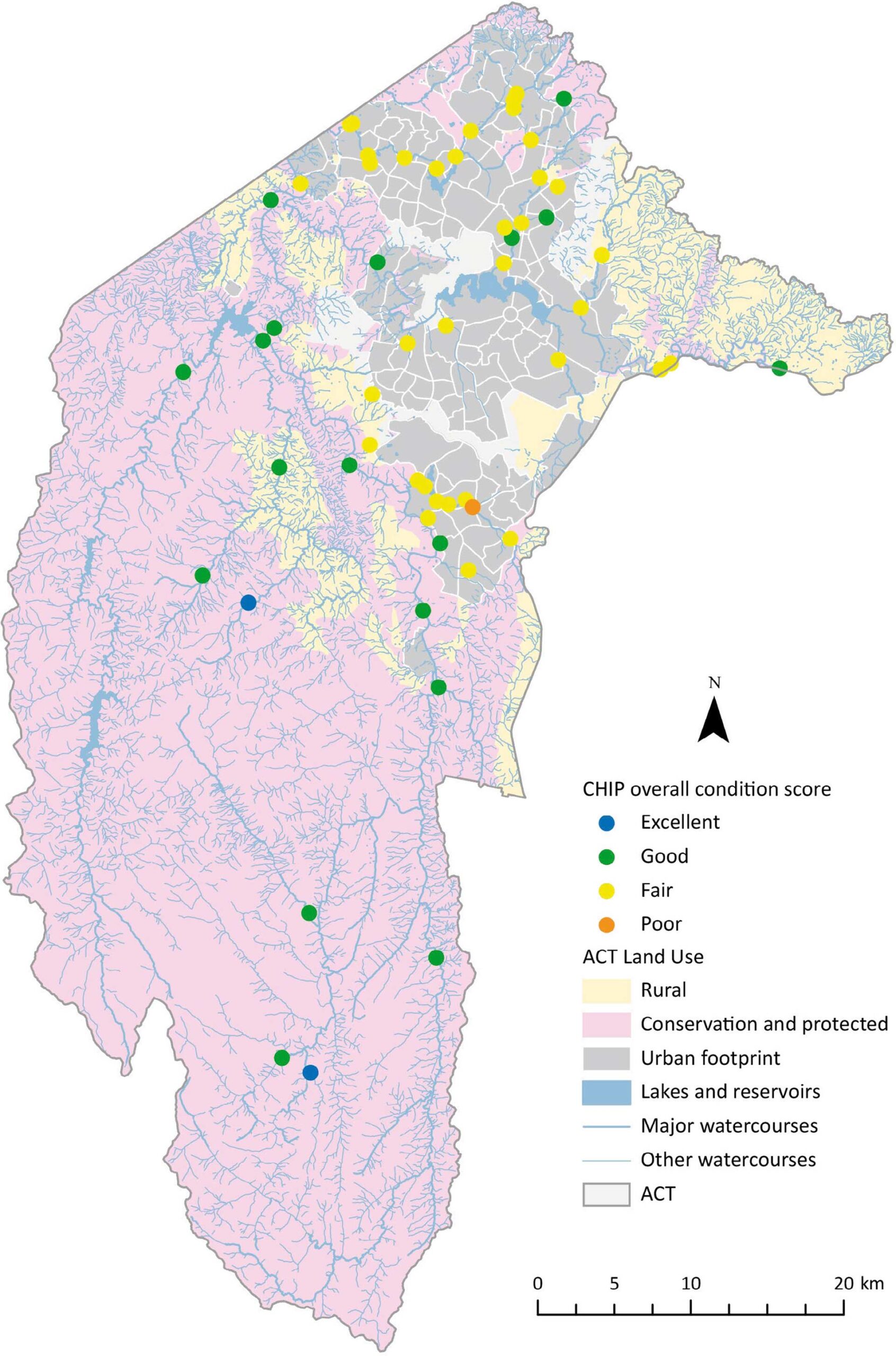Plants and pollution
See how plants can absorb contaminants
Materials:
- glass of water
- red or blue food dye
- stick of fresh celery
Add the food dye to the glass of water. Cut the end of the celery and place the celery stick into the glass of coloured water. Leave this overnight. In the morning, take the celery out of the water and cut a few slices off the end.
Questions:
1. What does the celery look like inside?
2. What does the coloured dye represent in the environment?
If you want to get artistic with your science, you can also take this experiment another step by doing the colourful flowers activity below!
Colourful flowers
Watch how flowers absorb colours
Materials:
- red, blue, green food dye
- 3 vases, filled almost to the top with warm water
- 3 white flowers, cut with a long stem (white chrysanthemums, carnations and roses work well)
Add 30 drops of red food dye to a vase of warm water. Repeat this, adding blue dye to another vase of warm water and green dye to a third. Cut a little bit off the bottom of each stem, cutting on an angle to increase the surface area of the stem. Then place one flower in each vase and leave for a few days. Watch over the next few days to see what happens to the colour of the flower petals.
Compare your water footprint, with this calculator
Explore your water footprint
Let’s think about how much water you use – and in what areas of your life you can reduce your water consumption. Do you leave the tap running while you brush your teeth? How many loads of washing does your family do each day? These are just some of the questions that the footprint quiz explores. After you’re done, get your friends and family to have a go too!
Check out your water footprint HERE
Match the dots
Look at the map below. The different coloured dots show us the health of different areas of the river catchmentsAn area of land on which rain falls, this land then helps to More – A catchmentAn area of land on which rain falls, this land then helps to More is an area of land on which rain falls, this land then helps to channel the rainwater into rivers, lakes and wetlands. CatchmentsAn area of land on which rain falls, this land then helps to More ‘catch’ the water for our aquatic ecosystemsA collection of interacting living and non-living things. A More! A healthy catchmentAn area of land on which rain falls, this land then helps to More means healthy, clean waterways. Healthy catchmentsAn area of land on which rain falls, this land then helps to More have plenty of native vegetation to support the soil and help filter the water.
Questions:
1. What type of land are the ‘excellent’ and ‘good’ quality catchmentsAn area of land on which rain falls, this land then helps to More on?
2. What type of land are the ‘fair’ (less than good) catchmentsAn area of land on which rain falls, this land then helps to More on?
3. Why do you think this is?
4. How can we help to make ‘fair’ quality catchmentsAn area of land on which rain falls, this land then helps to More better?




